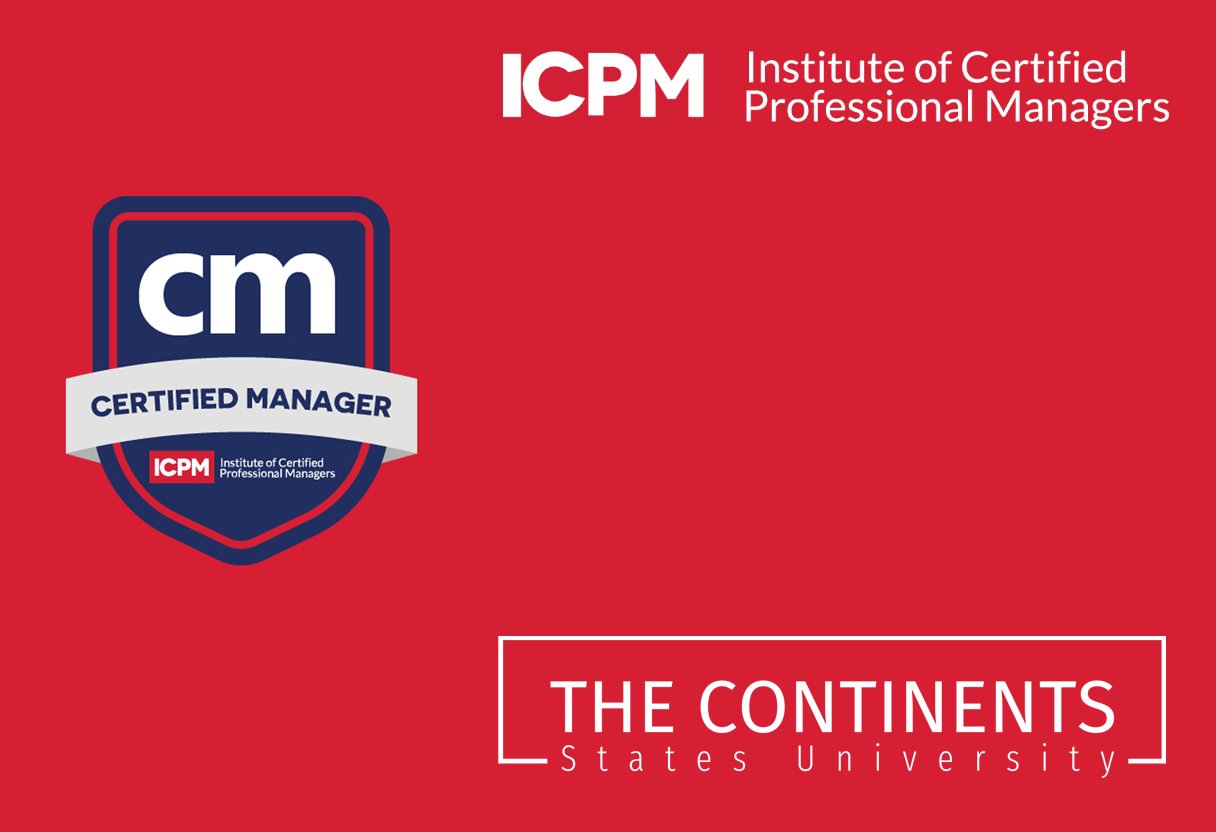After completing your college education, it’s time to face the reality of repaying your student loans. Managing this debt can be overwhelming, but with a well-thought-out financial plan, you can take control and pave the way for a debt-free future. In this article, we will guide you through the process of creating a comprehensive plan for repaying your student loans.
Developing a financial plan is crucial to ensure that you are making informed decisions about loan repayment and debt management. By strategizing your approach, you can minimize your financial stress and set yourself up for long-term success.
Whether you have federal or private student loans, understanding your options and creating a customized plan is vital. This plan will help you stay organized, stay on top of your payments, and ultimately pay off your debt faster.
Throughout this article, we will explore different strategies to help you effectively manage your student loan debt. From understanding good and bad debt to prioritizing repayment and exploring negotiation and refinancing options, we will cover everything you need to know to create a solid financial plan.
So, if you’re ready to take control of your financial future and conquer your student loan debt, let’s dive in and explore the steps to developing a comprehensive repayment plan!
Understanding Good Debt and Bad Debt
When it comes to managing your finances, it’s important to understand the difference between good debt and bad debt. Not all debts are created equal, and making wise borrowing decisions can have a significant impact on your financial well-being.

Let’s start with good debts. These are debts that can help you increase your net worth and provide long-term benefits. One example of a good debt is a mortgage. Taking out a mortgage allows you to buy a home, which can appreciate in value over time. By investing in real estate, you’re building equity and working towards a valuable asset.
Another type of good debt is student loans. While it may seem daunting to have student loan debt, it’s an investment in your education and future earning potential. With a college degree, you can access better job opportunities and potentially earn a higher income.
On the other hand, bad debts can have a negative impact on your finances. These are debts that do not provide long-term benefits and can hinder your financial stability. One common example of bad debt is credit card debt. Using credit cards irresponsibly and carrying a balance from month to month can lead to high-interest charges that accumulate over time, making it difficult to pay off the debt.
Payday loans are another form of bad debt. These short-term loans often come with extremely high interest rates and fees, putting borrowers at risk of falling into a cycle of debt. While they may provide quick cash, the long-term financial consequences can be significant.
Personal loans and buy-now-pay-later services are also considered bad debts. While they may seem convenient in the moment, they can lead to impulse buying and unnecessary spending. It’s important to carefully consider the terms and interest rates associated with these types of loans before taking on the debt.
In conclusion, understanding the difference between good debt and bad debt is crucial for making informed financial decisions. Good debts, such as mortgages and student loans, can contribute to long-term wealth accumulation. On the other hand, bad debts, like credit card debt and payday loans, can hinder your financial stability. By being mindful of the types of debt you take on and making smart borrowing choices, you can pave the way for a healthier financial future.
Prioritizing Debt Repayment
When it comes to managing your debts, it’s crucial to prioritize high-interest debts first. These are the debts that come with higher interest rates, such as credit card debt and personal loans. By focusing on paying off these debts first, you can save money on interest charges and reduce your total debt faster.

To effectively prioritize your debt repayment, consider implementing different repayment strategies. Two common strategies are the snowball method and the avalanche method. The snowball method involves paying off debts starting with the smallest balance first, while making minimum payments on other debts. This approach provides motivation and a sense of accomplishment as you eliminate smaller debts one by one. The avalanche method, on the other hand, prioritizes debts with the highest interest rates, allowing you to save more money in the long run.
By understanding your options and choosing a strategy that aligns with your financial goals and preferences, you can develop a plan that works best for you. Remember, the key is to make consistent payments towards your high-interest debts until they are fully paid off.
Negotiating and Refinancing
When it comes to managing your student loan debt, negotiating and refinancing can be powerful tools to help you save money and streamline your repayment process. By taking proactive steps, such as negotiating lower interest rates and exploring refinancing options, you can potentially reduce your monthly payments and pay off your loans more efficiently.
1. Negotiating Interest Rates
You may be surprised to learn that you have the ability to negotiate the interest rates on your student loans. If you have a good credit score and a strong repayment history, lenders may be willing to lower your interest rates in order to retain your business. Don’t be afraid to reach out and negotiate with your lenders. A simple call or email can make a significant difference in your monthly payments and save you money in the long run.
2. Exploring Refinancing Options
Refinancing involves replacing your current loans with a new loan from a different lender. By refinancing, you have the opportunity to obtain better loan terms, including lower interest rates and more favorable repayment schedules. Shop around and compare offers from different lenders to ensure that you secure the best refinancing option for your specific financial situation.
However, it’s important to carefully review the terms of each debt before refinancing. Some loans may have penalties for early settlement, which can offset the potential savings from refinancing. Take the time to understand the terms and conditions of your loans to make an informed decision.

Remember, negotiating and refinancing are just two strategies in managing your student loan debt. It’s essential to consider your overall financial goals and evaluate if these options align with your needs. By being proactive and exploring these opportunities, you can potentially save money and take control of your debt repayment journey.
Developing a Repayment Plan
When it comes to successfully managing your student loan debt, developing a repayment plan is crucial. By taking the time to review the terms of each loan, including repayment schedules and any flexibility or penalties associated with early settlement, you can create a plan that aligns with your financial goals and ensures effective debt repayment.
Start by reviewing the loan terms carefully. Understand the interest rates, loan duration, and any additional fees or charges that may apply. This information will help you gauge the overall cost of your loans and identify potential areas for negotiation or refinancing.

When reviewing the loan terms, pay special attention to the flexibility in repayment options. Some lenders may offer flexible repayment plans, such as income-driven repayment or graduated repayment, which can be beneficial if your financial situation changes over time. Additionally, be aware of any penalties associated with early settlement, as some loans may impose fees for paying off the loan ahead of schedule.
Once you have a clear understanding of your loan terms, you can start developing a repayment plan. This plan should outline how much you can afford to pay each month, taking into consideration your income, expenses, and other financial obligations. It’s important to be realistic about your budget and choose a repayment amount that you can comfortably manage.
Repayment Strategies
Consider different repayment strategies to help accelerate your debt repayment journey. The snowball method involves paying off the smallest loan balance first while making minimum payments on other loans. Once the smallest loan is paid off, you can then redirect those funds towards the next smallest loan, creating a snowball effect. This method can provide a sense of accomplishment as you pay off loans one by one.
Alternatively, the avalanche method focuses on paying off loans with the highest interest rates first. By prioritizing loans with higher interest rates, you’ll save more money in the long run. This strategy may not yield immediate results like the snowball method, but it can lead to significant interest savings over time.
Ultimately, the choice of repayment strategy should align with your financial goals and personal preferences. It’s essential to strike a balance between paying off debt efficiently and maintaining financial stability.
By developing a repayment plan that incorporates a thorough review of loan terms, flexibility in repayment options, and an understanding of potential penalties, you can proactively manage your student loan debt and work towards a debt-free future.
Making Smart Financial Decisions
When it comes to managing your student loan debt, making smart financial decisions is crucial. By utilizing debt wisely, understanding the difference between good and bad debt, seeking financial education, and avoiding excessive spending, you can take control of your financial future.
First and foremost, it’s important to use debt wisely. Borrow only what you need and consider the long-term implications of taking on additional debt. Be mindful of interest rates and repayment terms, and make informed decisions based on your financial situation.
Understanding the difference between good and bad debt is key. Good debt, such as student loans or mortgages, can provide long-term benefits and contribute to your financial growth. Bad debt, like high-interest credit card debt or payday loans, can trap you in a cycle of debt and hinder your financial progress.
Investing in financial education is an investment in your future. By expanding your knowledge of personal finance, you can make informed decisions, navigate the complexities of debt management, and develop effective strategies for long-term financial success. There are numerous online resources, courses, and books available to help you enhance your financial literacy.
Avoid excessive spending and prioritize saving. It’s important to distinguish between needs and wants, and to be mindful of your spending habits. By creating a budget and tracking your expenses, you can identify areas where you may be overspending and make adjustments to align with your financial goals. Saving regularly will not only provide a safety net for unexpected expenses but also help you build wealth over time.
By making smart financial decisions, you can effectively manage your student loan debt and pave the way for a strong financial future. Take control of your finances, seek knowledge, and prioritize responsible financial practices. With the right strategies in place, you can achieve your financial goals and secure a brighter tomorrow.
Conclusion
In conclusion, effectively managing your student loan debt is crucial for securing a strong financial future. By implementing smart debt repayment strategies and making informed financial decisions, you can take control of your debt and pave the way for long-term financial success.
Creating a comprehensive financial plan for student loan debt management is the first step towards achieving your goals. Take the time to understand the difference between good and bad debts, prioritize repayment of high-interest debts, and consider negotiating or refinancing options to optimize your repayment terms.
Furthermore, developing a solid repayment plan that aligns with your financial goals and reviewing the terms of your loans is essential. Be aware of any flexibility or penalties associated with early settlement and make adjustments accordingly for a smoother repayment journey.
Ultimately, by making wise financial decisions, such as using debt responsibly and seeking financial education, you can avoid excessive spending and focus on building a strong financial foundation. With careful planning and strategic debt management, you can successfully navigate your student loan repayment journey and secure a brighter financial future.


